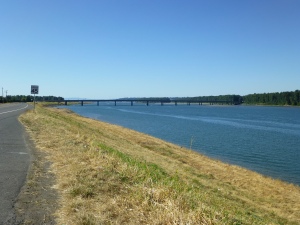Just this month, the movie, “Ben Hur”, came out. I’m sure it’s a great movie, but, I have to ask, why do they keep making remakes of movies whose original or last version was great in it’s own right? It seems more and more remakes are coming out. There was even a plan for a remake of “Gone With the Wind”, often touted as the greatest picture ever made.
Is it because they want to make a greater version? Well, in my opinion, I think it depends.
With Dickens’ “A Christmas Carol”, the original, made in 1938, was OK for the time but was soon found to be lacking, and, if you see both the 1938 and 1951 versions, you’ll see the difference. So, in that case, I do agree a remake was in order, and the 1951 remake, with Alistair Sims playing Scrooge, it certainly filled the bill. But, they should have stopped right there. But no, a remake was made again over 30 years later and, while it was seen as being good in it’s own right, the 1951 version, in my opinion, has a certain essence to it that I believe can never be matched. Same with “Gone With the Wind”. So while a movie might need a do over, I do think that there’s a point where it’s done exactly right and literally takes on a character that cannot be duplicated with further remakes. It’s reached it’s peak, in a way.
I imagine, when plans for a remake are floated, some producers and directors do bring this up. So, why do a remake? Well, oftentimes technological advances allow for scenes to be shot in ways that look more realistic or believable, or, depending on the mood of audiences at the time, they may want to add things, such as more grittiness, graphic scenes, historical accuracy, or aspects of a character’s life that weren’t shown in a previous version. And I do find this understandable to an extent, particularly where an expansion of a character’s life experiences are concerned, or technological advances in filming are made. Technical advances certainly helped the 1951 version of “A Christmas Carol” stand head and shoulders over the 1938 version.
Then sometimes, it’s probably that a new generation of movie makers really likes a particular movie and story, but they want to tweak it in their own way, and since they can’t go back in time to tweak the original as it was being made, they have to make a new version.
As for myself, there have been some remakes I’ve seen, such as “True Grit”, which I found to be about as good as the original. But for the most part, I tend to not really go for remakes without a compelling reason. I tend to want to see new stories, and it just seems at times that they are few and far between. But then there will be a number of movies with new stories that come out within a short time frame and I’ll resume going to the movies. To each his own, I guess.
Happy movie watching!
If you like what you’ve read here, please let others know of this post, blog, and site.
And thanks for reading!



